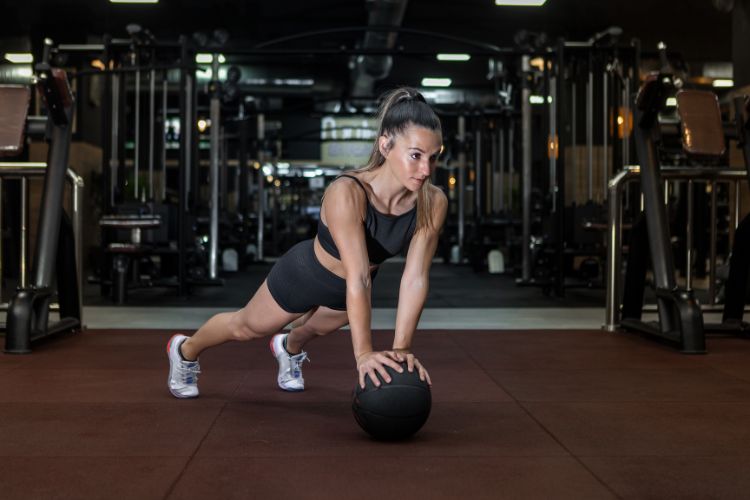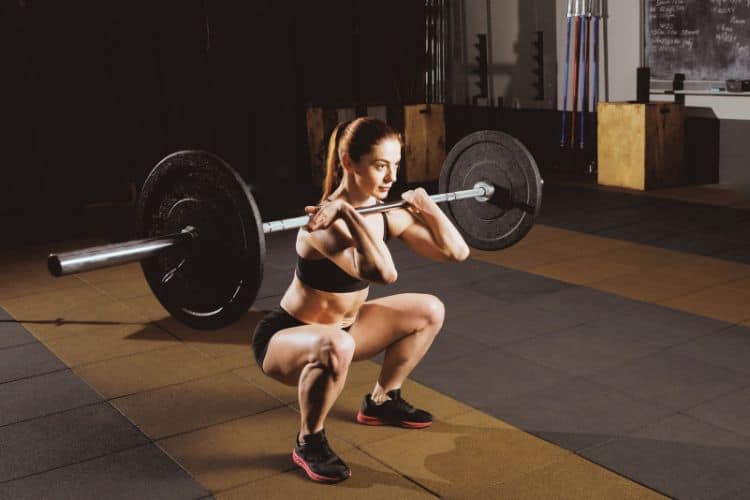Sign up for workout ideas, training advice, reviews of the latest gear and more.






Building muscle isn’t just about lifting weights – it’s about following a structured, progressive routine that includes the right exercises, proper nutrition, and adequate rest. This guide will walk you through the key elements of a successful workout routine for muscle gain.
Muscle growth, or hypertrophy, occurs when muscle fibers are broken down during resistance training and then repaired by the body, coming back stronger and thicker. This process relies on three primary factors:
To gain muscle, you need to challenge your muscles by gradually increasing the weight, reps, or intensity of your exercises. This concept, known as progressive overload, ensures continuous muscle growth by constantly pushing your limits.
Choosing the right workout split – or how you organize your weekly routine – is essential for targeting muscle groups effectively. Here are three popular splits for muscle gain:
The Push-Pull-Legs routine divides workouts into three types:
This split allows each muscle group ample recovery time, making it ideal for beginners and intermediate lifters.
The Upper-Lower split alternates between upper body and lower body workouts. A sample routine would be:
Full-body workouts target all major muscle groups in one session, making them ideal for those with limited workout time. This Full-body routines can be done 3-4 times per week.
Each workout routine should include compound movements and isolation exercises for balanced growth.
Compound movements target multiple muscle groups, allowing you to lift heavier weights:
Isolation exercises allow you to focus on individual muscles and refine your physique:
Here’s a sample weekly plan based on a Push-Pull-Legs split, incorporating both compound and isolation exercises.
Protein is essential for repairing muscle tissue. Aim for 1.6–2.2 grams of protein per kilogram of body weight.
Carbs provide energy, which is essential for lifting heavy and maintaining endurance. Incorporate complex carbs such as oats, rice, and sweet potatoes.
Fats are crucial for hormone production, including testosterone, which plays a role in muscle growth. Aim to consume healthy fats from sources like avocados, nuts, and olive oil.
Consuming protein and carbs post-workout helps with muscle repair and glycogen replenishment. Additionally, creatine, whey protein, and BCAAs are popular supplements for muscle gain.
Rest is just as important as working out. Muscles need time to repair and grow stronger:
Stay up to date on the latest women’s health, fitness and lifestyle trends and tips.